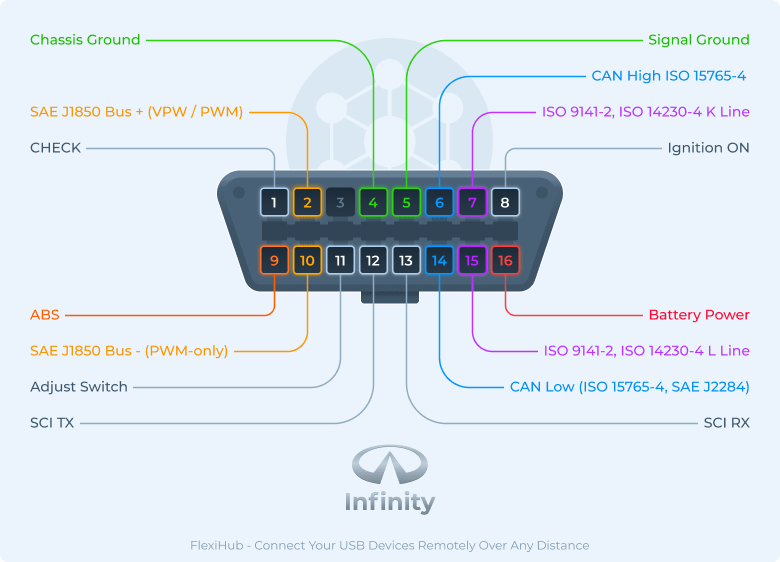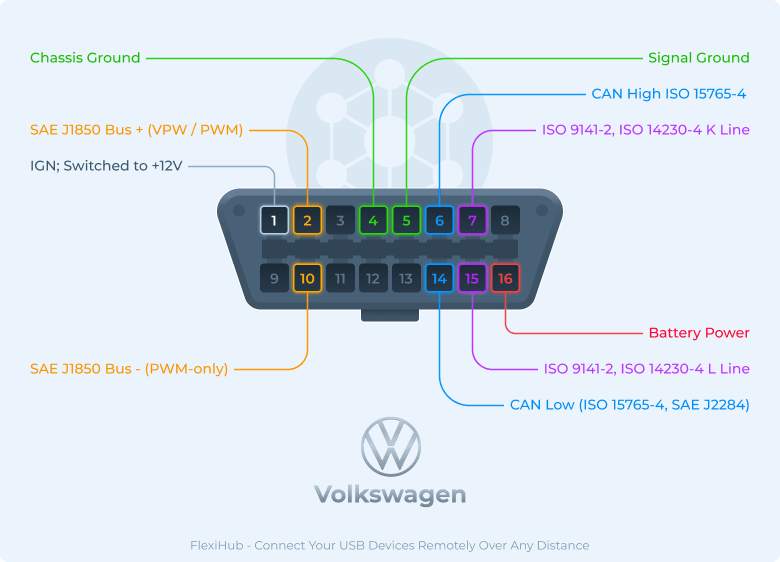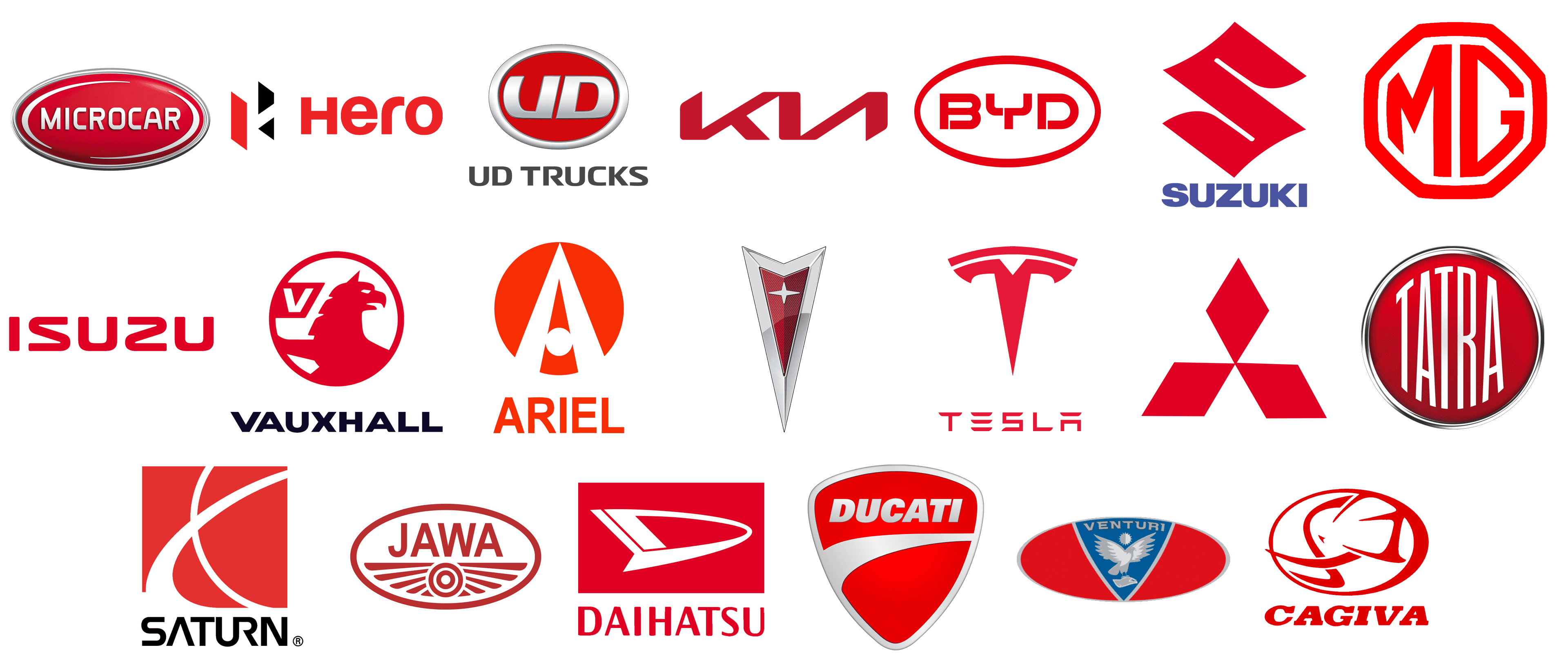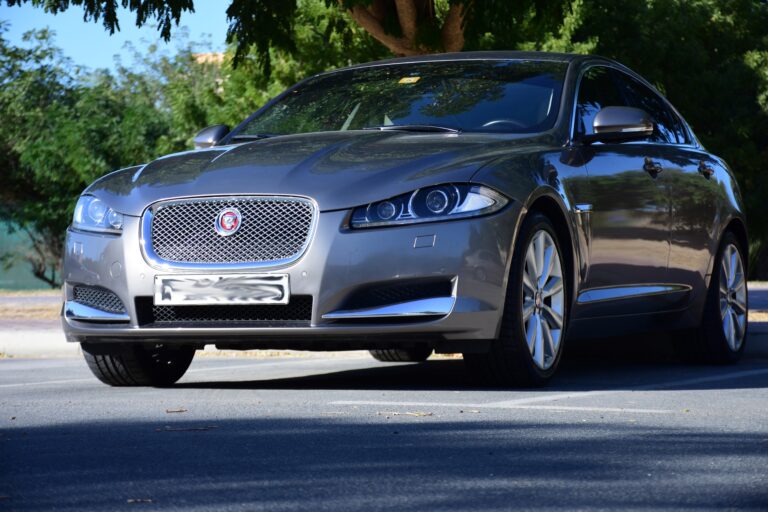Major Car Brands: A Comprehensive Guide to the Automotive Landscape
Major Car Brands: A Comprehensive Guide to the Automotive Landscape cars.truckstrend.com
The automotive industry is a colossal force, driving global economies, fostering technological innovation, and shaping our daily lives. At its heart are the Major Car Brands – iconic names that represent not just vehicles, but legacies of engineering prowess, design philosophy, and marketing genius. These brands are the behemoths of the road, producing millions of vehicles annually, employing vast workforces, and investing billions in research and development to stay ahead in an ever-evolving market. Understanding these major players is crucial for anyone interested in the automotive world, from prospective car buyers to industry analysts, as they dictate trends, set standards, and define the future of mobility.
The Pillars of the Automotive Industry: A Historical Perspective
Major Car Brands: A Comprehensive Guide to the Automotive Landscape
The story of major car brands is intertwined with the very history of the automobile itself. From the pioneering spirit of Karl Benz and Henry Ford in the late 19th and early 20th centuries, who laid the groundwork for mass production and global reach, these companies have grown exponentially. Brands like Ford, General Motors, and Mercedes-Benz (Daimler) emerged from individual visionaries and engineering breakthroughs, rapidly expanding their operations to meet burgeoning demand.
The 20th century saw intense competition, technological leaps, and the rise of multinational corporations. Mergers, acquisitions, and strategic alliances became common as brands sought to consolidate power, share resources, and expand their global footprints. This evolution transformed independent manufacturers into vast conglomerates, each boasting a diverse portfolio of brands catering to different market segments and consumer needs. This rich history of innovation, adaptation, and global expansion is what defines today’s major car brands.
Decoding the Automotive Giants: Global Conglomerates and Their Portfolios
What often appears as a diverse collection of individual car brands is, in reality, a complex web of ownership and strategic alliances. Many seemingly distinct brands are actually part of larger automotive groups, allowing for shared platforms, technologies, and economies of scale. Understanding these conglomerates is key to grasping the true scope of major car brands:
- Volkswagen Group (Germany): A titan of the industry, encompassing a vast array of brands including Volkswagen, Audi, Porsche, Skoda, SEAT, Lamborghini, Bentley, Bugatti, and Ducati (motorcycles). This group exemplifies diversification, covering everything from economy cars to ultra-luxury and high-performance vehicles.
- Stellantis (Netherlands/France/Italy): Formed from the merger of Fiat Chrysler Automobiles (FCA) and PSA Group, Stellantis is a truly global powerhouse. Its extensive portfolio includes Jeep, Ram, Chrysler, Dodge, Fiat, Alfa Romeo, Maserati, Peugeot, Citroën, DS Automobiles, Opel/Vauxhall, and Lancia.
- Toyota Motor Corporation (Japan): The world’s largest automaker by volume for many years, Toyota is renowned for its reliability and efficiency. Its primary brands are Toyota and Lexus (luxury), along with Daihatsu (mini-vehicles) and Hino (trucks/buses). Toyota is a leader in hybrid technology and is rapidly expanding its EV lineup.
- General Motors (USA): A historic American giant, GM’s current core brands include Chevrolet, GMC, Cadillac (luxury), and Buick. GM has been aggressively pivoting towards an all-electric future, showcasing significant investment in EV technology.
- Hyundai Motor Group (South Korea): A rapidly ascending force, this group includes Hyundai, Kia, and Genesis (luxury). They have made significant strides in design, quality, and technology, becoming major global competitors across various segments, particularly in EVs.
- Ford Motor Company (USA): An independent giant, Ford remains a global leader with its core Ford brand and Lincoln (luxury). Known for its trucks (F-Series) and iconic sports cars (Mustang), Ford is also heavily investing in electrification and autonomous vehicle technology.
- BMW Group (Germany): Famed for its "Ultimate Driving Machines," the BMW Group includes BMW, Mini, and Rolls-Royce (ultra-luxury). They are pioneers in luxury performance and are pushing boundaries in electric mobility and connectivity.
- Mercedes-Benz Group (Germany): A symbol of automotive luxury and engineering, the group primarily focuses on the Mercedes-Benz brand, including Mercedes-AMG (performance) and Mercedes-EQ (electric sub-brand). They also own Smart (urban mobility).
- Renault-Nissan-Mitsubishi Alliance (France/Japan): One of the largest automotive alliances, sharing platforms and technologies. Key brands include Renault, Nissan, Mitsubishi, Dacia, and Alpine. They have been significant players in the early EV market.


These conglomerates strategically position their various brands to target different demographics, price points, and regional preferences, maximizing their market share and profitability.
Key Characteristics of Major Car Brands
While each major brand has its unique identity, they share several core characteristics that contribute to their global prominence:

- Innovation & Technology: Major brands are at the forefront of automotive R&D. This includes developing advanced powertrains (hybrid, EV, hydrogen), sophisticated infotainment systems, cutting-edge safety features, and increasingly, autonomous driving capabilities. Their massive resources allow for significant investment in future mobility solutions.
- Reliability & Durability: A cornerstone of consumer trust, major brands often have established reputations for building dependable vehicles that last. This is backed by extensive testing, robust engineering, and quality control processes.
- Design & Aesthetics: Beyond functionality, major brands invest heavily in distinctive design languages that create strong brand identities. From sleek luxury sedans to rugged SUVs, their designs are carefully crafted to appeal to target demographics and reflect evolving consumer tastes.
- Global Reach & Distribution: Operating on a truly global scale, these brands have manufacturing facilities, supply chains, and extensive dealership networks spanning continents. This allows them to adapt to regional market demands and provide widespread sales and service support.
- Marketing & Brand Loyalty: Major brands invest heavily in marketing and advertising to build and maintain strong brand recognition and foster loyalty. This includes emphasizing heritage, performance, safety, or environmental consciousness, creating an emotional connection with consumers that often translates into repeat purchases and strong resale values.
Navigating the Market: Choosing the Right Major Car Brand
For consumers, the sheer number of options from major car brands can be overwhelming. Making an informed decision requires careful consideration of several factors:
- Budget: Determine your realistic spending limit, not just for the purchase price but also for insurance, maintenance, and fuel/charging costs. Major brands offer vehicles across a wide spectrum of price points.
- Needs & Lifestyle: Consider how you’ll use the vehicle. Do you need a spacious family SUV, an efficient city commuter, a powerful sports car, or a rugged off-roader? Each brand excels in different niches.
- Fuel Type & Powertrain: With the shift towards electrification, decide between traditional gasoline/diesel, hybrid, plug-in hybrid (PHEV), or full electric vehicles (EVs). Many major brands offer multiple options.
- Brand Reputation & Reliability: Research the brand’s track record for reliability, safety ratings, and customer satisfaction. Third-party reviews and consumer reports can be invaluable.
- After-Sales Service & Dealership Network: Consider the availability and quality of service centers in your area. A strong dealership network ensures easier maintenance and access to parts.
- Resale Value: Some brands consistently hold their value better than others, which can be a significant financial benefit when it’s time to sell or trade in.
- Technology & Features: Prioritize the technology that matters most to you, whether it’s advanced driver-assistance systems (ADAS), infotainment connectivity, or specific comfort features.
Practical Advice for Buyers:
- Do Your Homework: Utilize online resources, automotive reviews, and consumer guides to narrow down your choices.
- Test Drive Extensively: Never buy a car without a thorough test drive. Pay attention to comfort, handling, visibility, and how the controls feel.
- Compare Apples to Apples: When comparing models, ensure you’re looking at similar trim levels and features to get an accurate price comparison.
- Factor in Total Cost of Ownership: Beyond the sticker price, consider insurance, maintenance, fuel efficiency, and depreciation.
- Don’t Be Afraid to Negotiate: Dealerships often have wiggle room on price, especially towards the end of the month or quarter.
The Road Ahead: Future Trends and Challenges
Major car brands are currently navigating one of the most transformative periods in automotive history. Several key trends are reshaping their strategies:
- Electrification (EV Revolution): This is perhaps the biggest shift. Major brands are investing massive sums in developing new EV platforms, battery technology, and charging infrastructure. The goal is to phase out internal combustion engines and transition to a fully electric lineup, driven by environmental regulations and consumer demand.
- Autonomous Driving: The development of self-driving technology (ADAS levels 2-5) is a major focus. While fully autonomous vehicles for general public use are still some years away, advanced driver-assistance features are becoming standard, enhancing safety and convenience.
- Connectivity & Infotainment: Cars are becoming increasingly connected, offering seamless integration with smartphones, over-the-air (OTA) software updates, advanced navigation, and in-car entertainment systems. This transforms the vehicle into a mobile digital hub.
- Shared Mobility: The rise of car-sharing services, ride-hailing, and subscription models presents both a challenge and an opportunity. Major brands are exploring their own mobility services or partnering with existing platforms.
Challenges:
- Supply Chain Disruptions: Global events, chip shortages, and raw material price volatility continue to plague production.
- Intense Competition: New entrants (especially EV startups) and tech giants are challenging established brands, forcing them to innovate faster.
- Environmental Regulations: Ever-tightening emissions standards globally necessitate continuous investment in cleaner technologies.
- Economic Downturns: The automotive industry is highly susceptible to economic cycles, impacting sales and investment.
Table: Major Car Brands – Market Positioning & Typical Price Ranges
It’s important to note that specific car prices vary wildly by model, trim level, optional features, region, and market conditions. The "Typical Entry-Level Price Range" below refers to the approximate starting MSRP (Manufacturer’s Suggested Retail Price) for base models within a brand’s most accessible vehicle segments in the US market, as of early 2024. These are indicative figures and should not be taken as exact prices.
| Brand Name | Parent Company | Origin | Market Positioning | Typical Entry-Level Price Range (USD) | Key Offerings (Examples) |
|---|---|---|---|---|---|
| Toyota | Toyota Motor Corporation | Japan | Mass-Market, Reliable | $22,000 – $35,000 | Camry, RAV4, Corolla, Highlander, Tacoma |
| Honda | Honda Motor Co., Ltd. | Japan | Mass-Market, Reliable | $24,000 – $38,000 | Civic, CR-V, Accord, Pilot, Ridgeline |
| Hyundai | Hyundai Motor Group | South Korea | Value-Oriented, Tech | $22,000 – $35,000 | Elantra, Kona, Tucson, Santa Fe, Sonata |
| Kia | Hyundai Motor Group | South Korea | Value-Oriented, Stylish | $21,000 – $35,000 | Forte, Seltos, Sportage, Telluride, K5 |
| Ford | Ford Motor Company | USA | Mass-Market, Trucks | $25,000 – $40,000 | F-150, Escape, Bronco Sport, Mustang, Maverick |
| Chevrolet | General Motors | USA | Mass-Market, Trucks | $22,000 – $38,000 | Silverado, Equinox, Malibu, Colorado, Trax |
| Nissan | Renault-Nissan-Mitsubishi | Japan | Mass-Market, Value | $21,000 – $34,000 | Sentra, Kicks, Rogue, Altima, Frontier |
| Volkswagen | Volkswagen Group | Germany | Mass-Market, European | $24,000 – $38,000 | Jetta, Taos, Tiguan, Atlas, ID.4 |
| Subaru | Subaru Corporation | Japan | Niche (AWD, Safety) | $25,000 – $38,000 | Crosstrek, Forester, Outback, Impreza, Ascent |
| Mazda | Mazda Motor Corporation | Japan | Premium-Feel, Drivers | $24,000 – $36,000 | Mazda3, CX-30, CX-5, CX-50, MX-5 Miata |
| BMW | BMW Group | Germany | Premium, Luxury, Performance | $40,000 – $60,000+ | 3 Series, X1, X3, 2 Series, i4 |
| Mercedes-Benz | Mercedes-Benz Group | Germany | Luxury, Premium | $42,000 – $65,000+ | C-Class, GLA, GLC, CLA, EQB |
| Audi | Volkswagen Group | Germany | Premium, Luxury, Tech | $40,000 – $60,000+ | A3, Q3, Q5, A4, e-tron Q4 |
| Lexus | Toyota Motor Corporation | Japan | Luxury, Reliable | $40,000 – $55,000+ | UX, NX, ES, IS, RX |
| Acura | Honda Motor Co., Ltd. | Japan | Premium, Performance | $38,000 – $50,000+ | Integra, RDX, TLX, MDX |
| Volvo | Geely Holding (China) | Sweden | Premium, Safety | $40,000 – $55,000+ | XC40, S60, XC60, V60, C40 Recharge |
| Porsche | Volkswagen Group | Germany | Luxury, Performance | $65,000 – $90,000+ | Macan, 718 Boxster/Cayman, Cayenne, Taycan |
| Jeep | Stellantis | USA | Off-Road, SUV | $30,000 – $45,000 | Wrangler, Cherokee, Grand Cherokee, Compass |
| Ram | Stellantis | USA | Trucks, Commercial | $38,000 – $55,000 | Ram 1500, Ram 2500, ProMaster |
| Cadillac | General Motors | USA | Luxury, American | $45,000 – $60,000+ | XT4, CT4, XT5, Escalade, Lyriq |
Note: Prices are estimates for base models and can vary significantly. "Parent Company" indicates the main group that owns the brand. "Market Positioning" is a general classification.
Frequently Asked Questions (FAQ)
Q1: What makes a car brand "major"?
A1: A "major" car brand typically refers to a company with significant global sales volume, a wide product portfolio, extensive manufacturing capabilities, a global distribution network, and substantial investment in research and development. They often belong to large automotive conglomerates.
Q2: Are luxury car brands always more reliable than mass-market brands?
A2: Not necessarily. While luxury brands often use premium materials and advanced technology, their complexity can sometimes lead to more issues. Brands like Toyota and Honda (mass-market) consistently rank high in reliability surveys. Reliability often depends more on specific models and consistent engineering than just the luxury badge.
Q3: How do car brands innovate?
A3: Major car brands innovate through massive R&D investments, often collaborating with tech companies and universities. They focus on new powertrain technologies (EVs, hybrids), advanced safety features (ADAS), connectivity (infotainment, OTA updates), sustainable materials, and new manufacturing processes.
Q4: What’s the difference between a car brand and a parent company/group?
A4: A car brand (e.g., Audi, Jeep, Volvo) is a distinct name under which vehicles are marketed and sold, often with its own design philosophy and target audience. A parent company or group (e.g., Volkswagen Group, Stellantis, Geely) is the larger corporate entity that owns multiple individual car brands. This structure allows for shared platforms, engines, and R&D across different brands to achieve economies of scale.
Q5: Which car brand is best for reliability?
A5: While "best" can be subjective and vary by year and model, brands like Toyota, Lexus (Toyota’s luxury division), Honda, and Mazda frequently rank at the top of reliability studies by organizations like Consumer Reports and J.D. Power. However, reliability can also depend on specific models and how well a vehicle is maintained.
Q6: What are the major trends impacting car brands today?
A6: The most significant trends are electrification (the shift to electric vehicles), autonomous driving technology, increasing connectivity within vehicles, and the rise of shared mobility services. These trends are forcing major brands to fundamentally rethink their business models and product offerings.
Conclusion: Driving Forward into an Evolving Landscape
Major car brands are the backbone of the global automotive industry, representing centuries of innovation, fierce competition, and continuous adaptation. From their humble beginnings to their current status as multinational conglomerates, these brands have shaped the way we travel and influenced countless aspects of modern life.
As the industry stands at the precipice of profound change driven by electrification, autonomous technology, and evolving consumer behaviors, these major players are once again demonstrating their resilience and capacity for transformation. Understanding their diverse portfolios, strategic moves, and the challenges they face provides valuable insight into the future of mobility. Whether you’re a discerning buyer or simply an observer of global commerce, the enduring saga of major car brands continues to be a compelling narrative of human ingenuity and relentless progress.



